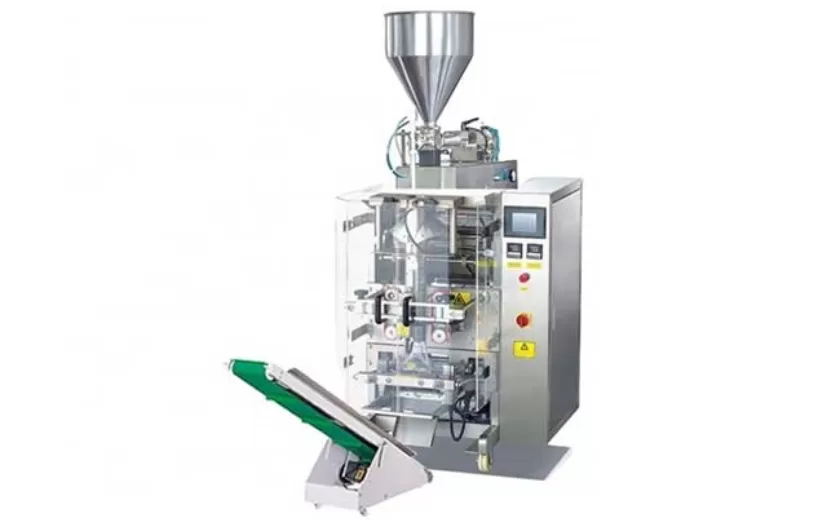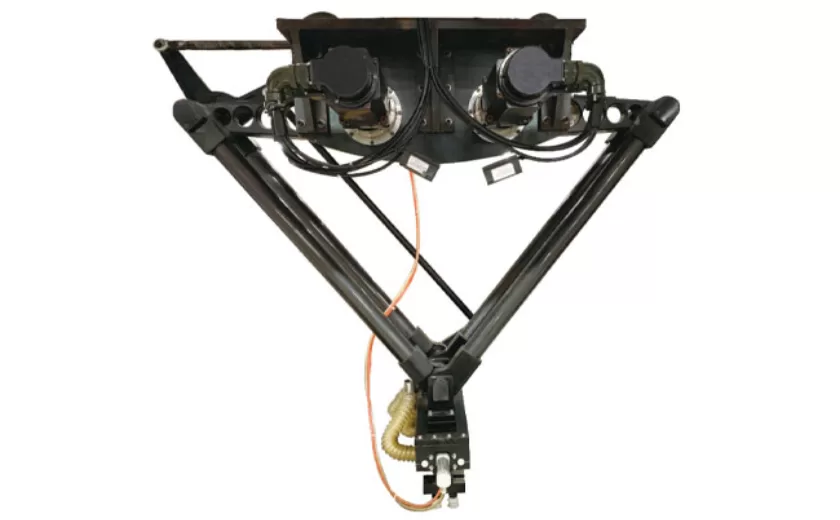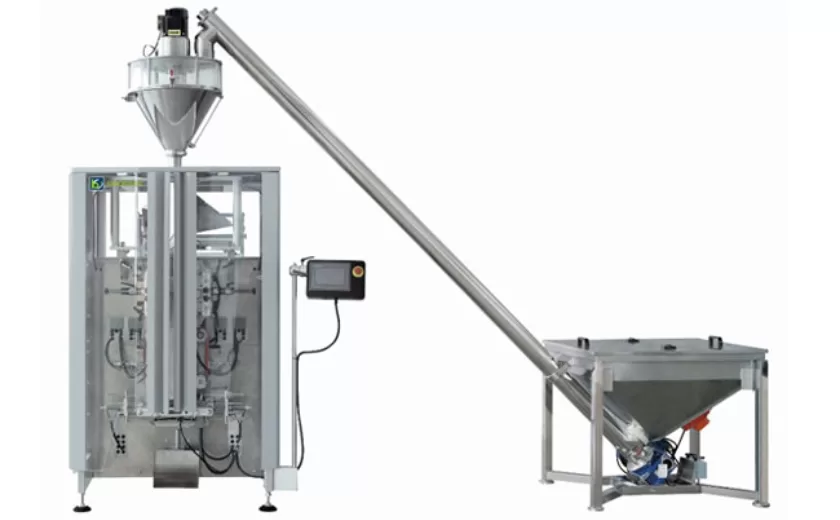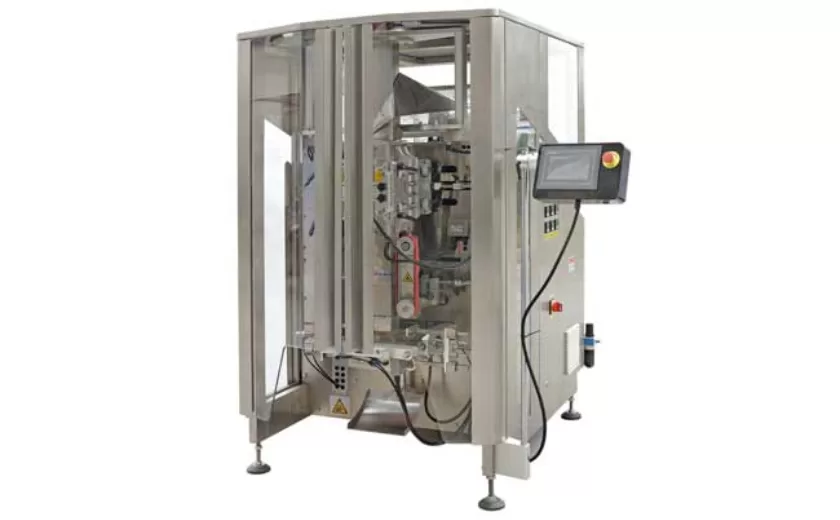The Pros and Cons of Weighing and Sealing Machines
Automated weighing and sealing machines have become essential equipment in various industries, particularly those that package and sell products based on weight. While these machines offer numerous advantages, there are also some drawbacks to consider before investing in them.
Advantages:
High Accuracy:
Weighing and sealing machines utilize precise load cells or scales to accurately measure the weight of products, ensuring compliance with industry standards and legal requirements. This precision helps businesses prevent underfilling and ensure consistent product quality.
Increased Efficiency:
Automation eliminates manual weighing and sealing processes, significantly reducing labor costs and increasing overall productivity. These machines can operate continuously, allowing for faster packaging and higher throughput rates.
Reduced Labor Costs:
By automating the weighing and sealing process, businesses can reduce the number of workers needed to perform these tasks. This reduction in labor costs can lead to substantial cost savings over time.
Improved Packaging Quality:
Weighing and sealing machines ensure uniform and consistent package sizes and seals, enhancing the visual appeal of products and protecting them from damage during transportation and handling.
Versatility:
These machines can handle a wide range of products, from granular and powdered substances to liquids and solid objects. They can also be integrated with conveyor systems and labeling devices to streamline the packaging process.
Disadvantages:
High Initial Investment:
Weighing and sealing machines can be expensive to purchase and install, requiring a significant capital investment upfront. This cost should be carefully evaluated against the potential return on investment before making a decision.
Maintenance and Calibration:
Regular maintenance and calibration are necessary to ensure the accuracy and reliability of these machines. This maintenance can be time-consuming and may require specialized skills or external contractors.
Complexity:
Weighing and sealing machines can be complex to operate and program, especially for operators with limited technical expertise. Proper training and documentation are crucial to minimize errors and maximize efficiency.
Limited Flexibility:
While versatile, weighing and sealing machines may not be suitable for products with unique shapes or sizes. In such cases, custom-designed machines or alternative packaging methods may be required.
Space Requirements:
These machines can be bulky and require a dedicated space within the production area. As operations scale up, additional floor space may be necessary to accommodate more machines or larger models.
In conclusion, weighing and sealing machines offer significant advantages in terms of accuracy, efficiency, cost reduction, and packaging quality. However, businesses should carefully consider the initial investment, ongoing maintenance costs, and potential limitations before implementing these machines in their operations. By evaluating the pros and cons, companies can make informed decisions that optimize their packaging processes and achieve their desired goals.
-

Advanced Packing Solutions: Snacks, Sugar, and Frozen Food Machines
29-10-2025 -

Efficient and Reliable Solutions for Salt, Nuts, and Frozen Dumplings Packing
29-10-2025 -

High-Performance Biscuits, Lollipop, and Ketchup Packing Machines for Modern Food Production
29-10-2025 -

Efficient Liquid Filling and Packing Machines for Modern Production
23-10-2025 -

Reliable Granule Packaging Machines for Efficient Production
23-10-2025 -

Efficient Auger Powder Filling Machines for Accurate Packaging
23-10-2025 -

High-Performance Liquid Filling and Packing Machines for Hygienic Production
10-10-2025 -

High-Efficiency Granule Packaging Machines for Precision and Speed
10-10-2025 -

High-Precision Auger Type Powder Filling Machines for Efficient Packaging
10-10-2025 -

Efficient Vertical Form Fill Seal Packaging Machines for Smart Production
10-10-2025





